Estimated reading time: 8 minutes
Have you noticed an increased water intake in your mature four-legger? A normal, healthy cat should be drinking 4 ounces of water per 5 pounds of weight per day.
Drinking too much water could be as simple as the dry food your cat eats, but it can also be a symptom of several health issues, like Diabetes Mellitus or Kidney Disease. In this article, we’ll delve into the possible causes behind your feline friend’s increased thirst and guide you through the signs to watch out for.
Key Takeaways
- Increased water intake in cats can be a symptom of health issues like kidney problems, hyperthyroidism, liver disease, diabetes, urinary tract infections, and medication side effects.
- Signs to watch for in your older cat changes in frequency of drinking and urinating, drinking from unusual places, and body weight loss.
- It’s important to consult a vet if you notice these signs and get diagnostic tests done such as water intake measurement, urine sample analysis, blood tests, physical examination, and diagnostic imaging.
- Treatment options for increased thirst in older cats may include medications or special diets for kidney problems or diabetes management and antibiotics for urinary tract infections.
Causes of Increased Thirst in Older Cats
Kidney Problems
Kidney issues can make a cat drink excessively. This is because the kidneys can’t balance fluids right anymore. Both young and old cats can have this problem, but it is more common in older cats.
Extreme thirst may be the first clue for kidney disease in your cat. It also makes them pee a lot more than normal. If you see these signs, take your cat to the vet fast.
Hyperthyroidism and Liver Disease
Cats with hyperthyroidism have a lot of energy and they drink more water than usual. They also lose weight even when their food intake goes up. This is because the thyroid gland in their body works too hard. It makes too many hormones that speed everything up.
Liver disease can make your older cat very sick too. The liver helps to remove waste from the blood. But if it doesn’t work well, toxins pile up and lead to more thirst in cats. A sick cat with liver disease may go off its food or vomit often as well.
Diabetes
Diabetes can make your older cat drink a lot of water. This illness happens when the body has too much sugar in the blood and not enough insulin to control it. When your cat has diabetes, you may see weight loss even if your cat eats well.
It also leads them to drink more water than usual because their body is trying to get rid of extra sugar through urine. So this makes them pee a lot too! If you think this might be why your cat is drinking so much water, take your cat to the vet as soon as possible for tests.
Urinary Tract Infections
Urinary tract infections (UTIs) can cause your older cat to drink more water to help flush out bacteria from their bladder. Excessive thirst and frequent urination are the main signs of a UTI in cats.
If your older cat is drinking a lot of water and showing these symptoms, it’s important to take them to the vet for diagnosis and treatment. Ignoring a UTI can lead to more serious health issues, so it’s best to address it early on with proper veterinary care.
Medication Side Effects
Some medications that older cats take, like steroids, antibiotics, and diuretics, can cause them to drink more water. These drugs can have side effects that increase thirst and urination in cats.
If you notice your older cat drinking a lot more than usual after starting medication, it could be the cause of their increased thirst. It’s important to monitor their water intake and consult your vet if you suspect medication side effects.
They may need to adjust or change the medication to alleviate these symptoms. Testing can help determine the severity of the problem and assess if the medication is contributing to excessive thirst in your cat.
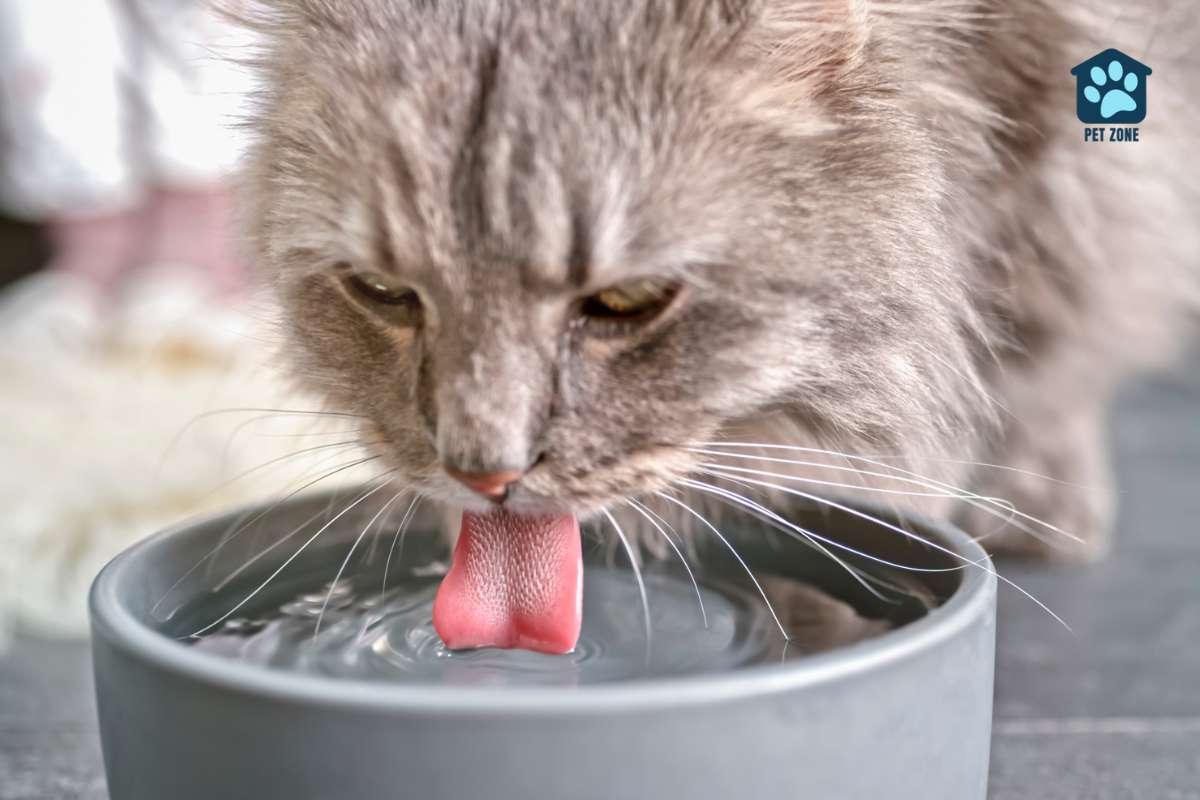
Signs to Watch for in Your Older Cat
Excessive Thirst
Older cats may experience excessive thirst, which is often associated with declining kidney function. This can be a symptom of conditions such as diabetes mellitus, chronic kidney disease, and hyperthyroidism.
Excessive drinking and frequent urination may also be early signs of kidney disease. It’s important to monitor your cat’s water intake and look for any changes in their drinking habits.
If you notice your older cat drinking more water than usual or exhibiting other signs like weight loss, it’s best to consult a vet for proper diagnosis and treatment options. Other diseases like heart disease, tumors, and hormonal issues can also cause increased thirst in older cats.
Changes in Urination Habits
If you notice changes in your older cat’s urination habits, it could be a sign that something is wrong. Difficulty urinating or only peeing small amounts, even though they’re drinking more water, are things to watch for.
These changes can be symptoms of kidney disease or urinary tract infections. They might also indicate liver disease or diabetes mellitus. So if you notice any of these signs, it’s important to take your cat to the vet for further evaluation and treatment.
Weight Loss
Weight loss in older cats can be a sign of various diseases such as heart disease, tumors, and hormonal issues. It can also be a symptom of diabetes in cats. Common causes of weight loss in older cats include chronic renal disease, diabetes mellitus, hyperthyroidism, and inflammatory bowel disease.
As cats age, they may lose lean muscle mass and fat, which can contribute to weight loss. Monitoring changes in weight is important for early detection of potential health problems in older cats.
When to Consult a Vet and Potential Diagnoses
If you notice any signs of increased thirst in your older cat, such as excessive drinking or changes in urination habits, it is important to consult a vet as soon as possible for potential diagnoses and appropriate treatment options.
Diagnostic Tests
To determine the cause of your older cat’s increased thirst, your vet may perform certain diagnostic tests. These tests can help identify any underlying health issues. Here are some common diagnostic tests that your vet may recommend:
- Water intake measurement: Your vet may ask you to monitor how much water your cat is drinking each day. This can be done by measuring the amount of water in their bowl or using a special device that tracks water consumption.
- Urine sample: Your vet may collect a urine sample from your cat to analyze it for signs of infection, kidney problems, or other abnormalities. This can be done through a procedure called cystocentesis, where a needle is used to extract urine directly from the bladder.
- Blood test: A blood test can provide valuable information about your cat’s overall health and help identify any underlying medical conditions. It can measure kidney function, check blood sugar levels for diabetes, and assess the liver function.
- Physical examination: During a physical examination, your vet will check for any signs of discomfort or abnormalities in your cat’s body. They may palpate the abdomen to feel for any enlarged organs or check for dehydration.
- Diagnostic imaging: In some cases, your vet may recommend diagnostic imaging such as X-rays or ultrasound scans. These tests can help visualize the internal organs and detect any abnormalities in structures like the kidneys or liver.
Treatment Options
Here are some treatment options for excessive water drinking in older cats:
- Consult a veterinarian: If your cat is drinking more water than usual, it’s important to take them to the vet for a proper diagnosis and treatment plan.
- Diagnostic tests: The vet may perform blood and urine tests to help determine the underlying cause of your cat’s increased thirst.
- Treatment for kidney problems: If your cat’s increased thirst is due to kidney disease, the vet may recommend medications or a special diet to help manage the condition.
- Medication adjustments: If your cat is on medication that is causing increased thirst, the vet may adjust the dosage or switch to a different medication.
- Managing diabetes: For cats with diabetes, treatment options may include insulin injections, dietary changes, and regular monitoring of blood sugar levels.
- Treating urinary tract infections: If a urinary tract infection is causing your cat’s increased thirst, antibiotics may be prescribed to clear up the infection.
Tips for Managing Increased Thirst in Older Cats
To help manage increased thirst in older cats, there are a few things you can do. First, make sure your cat always has access to fresh water. Clean and refill their water bowl daily.
If your cat prefers running water, consider using a fountain-style water dispenser. Additionally, feeding wet food can help increase your cat’s hydration levels. Monitor your cat’s water intake and notify the vet if it continues to be excessive.
As a cat owner for almost 50 years, I can tell you that getting your cats to drink fresh water is critical and often just as challenging. Here is the water fountain I personally use and recommend!
This is the water fountain I use personally for my two cats, Zelda and Zander. They absolutely love it and they both drink from it several times every day. I feel better knowing that they are both drinking fresh water on a regular basis--especially Zander, who is a senior cat and needs to stay hydrated.
It's super affordable, easy to maintain, and almost completely silent except for the occasional trickling sound of water.
- Quadruple Filtration System
- Runs Ultra Quietly
- Easy to Set Up and Clean
The vet may recommend changes to their diet or medications to address the underlying cause of increased thirst in older cats, such as kidney disease or diabetes.
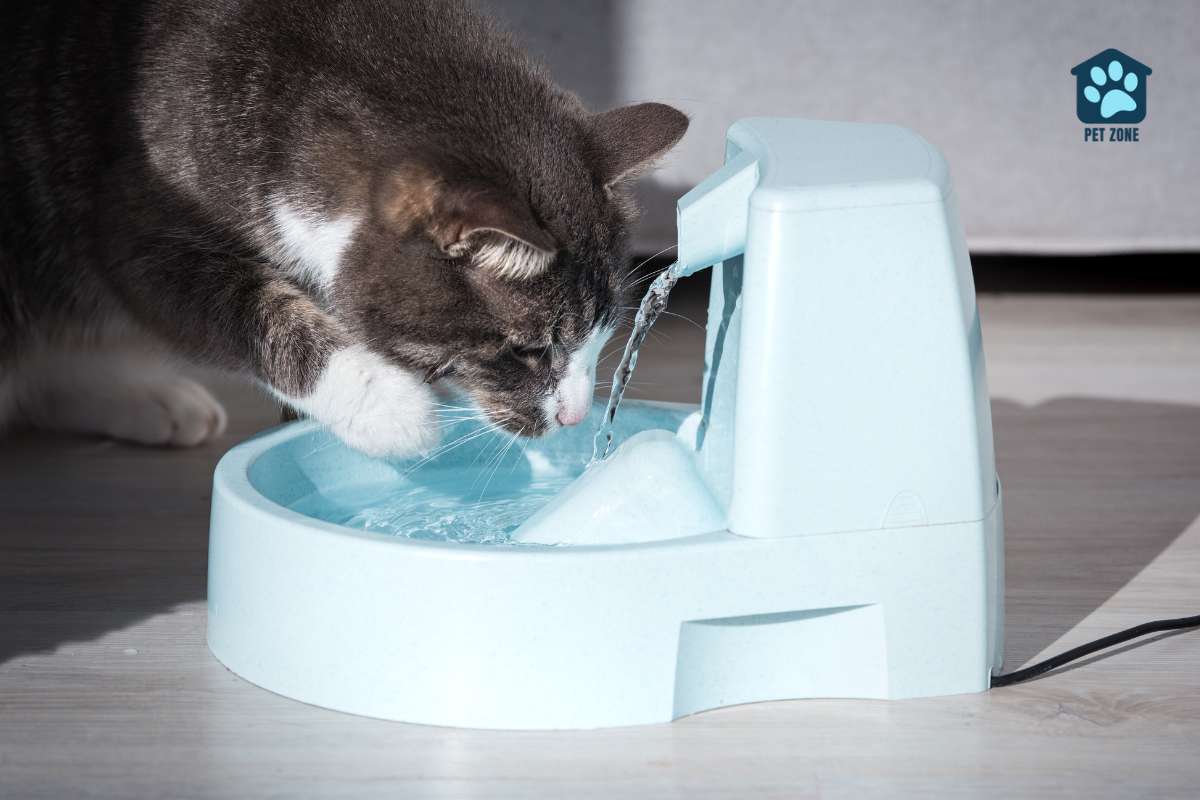
Conclusion
If you notice your cat drinking a lot of water, it could be a sign of an underlying health problem. Conditions like kidney disease, diabetes, and hyperthyroidism can cause increased thirst in cats.
It’s important to consult with a vet for proper diagnosis and treatment options. By monitoring your cat’s water intake and seeking prompt veterinary care, you can ensure their well-being and manage any potential health issues.
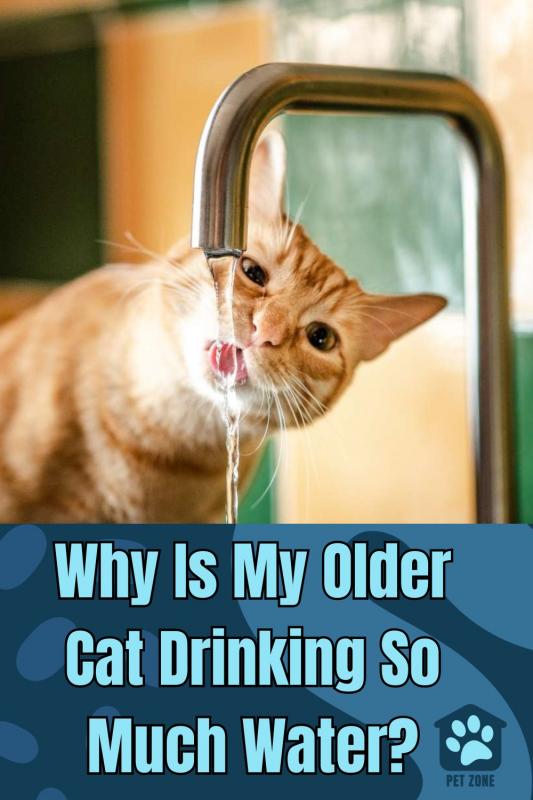


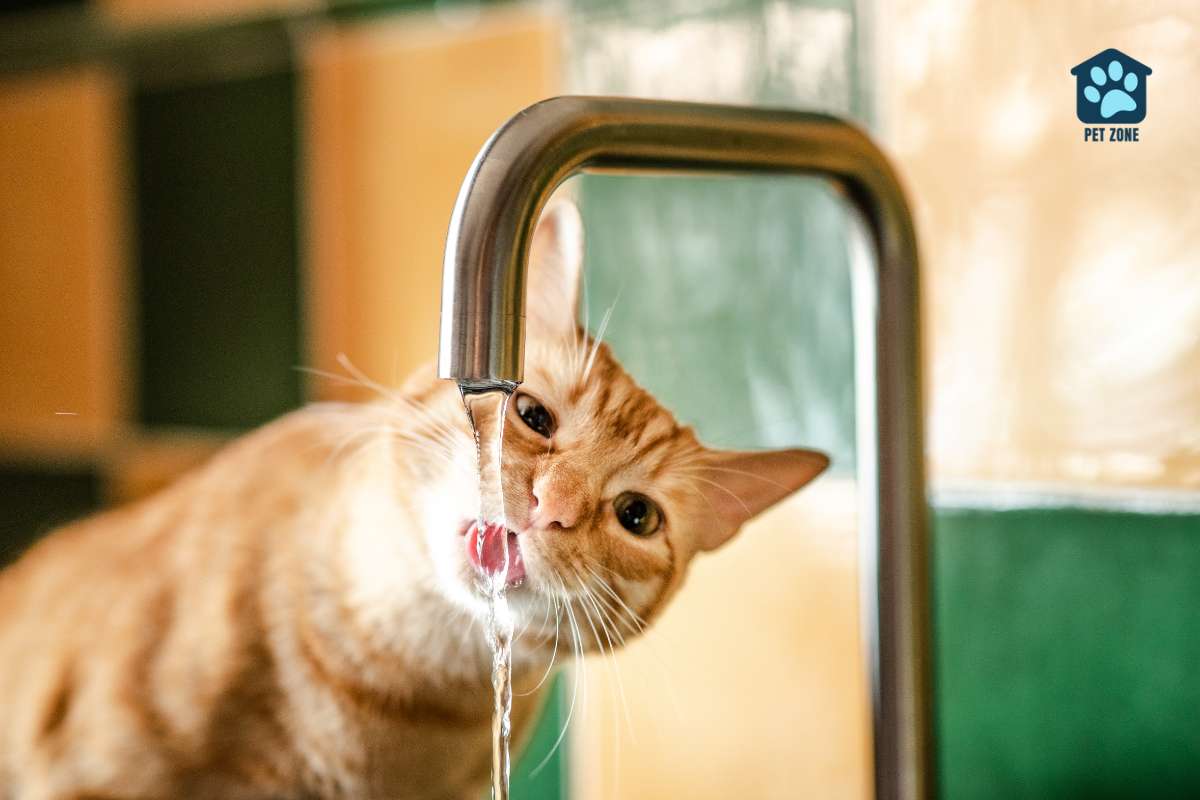
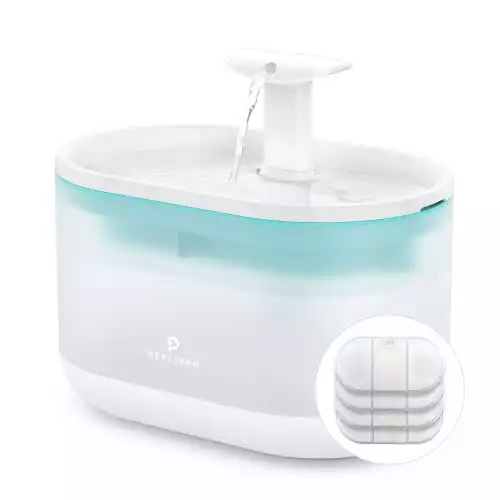
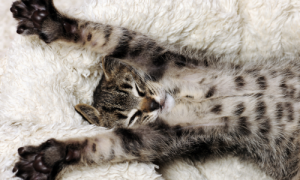
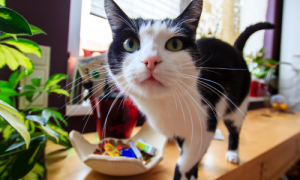
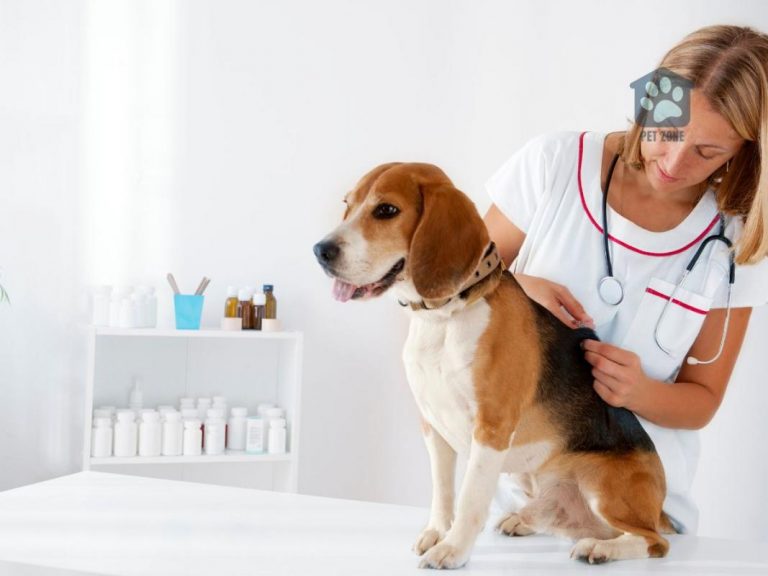
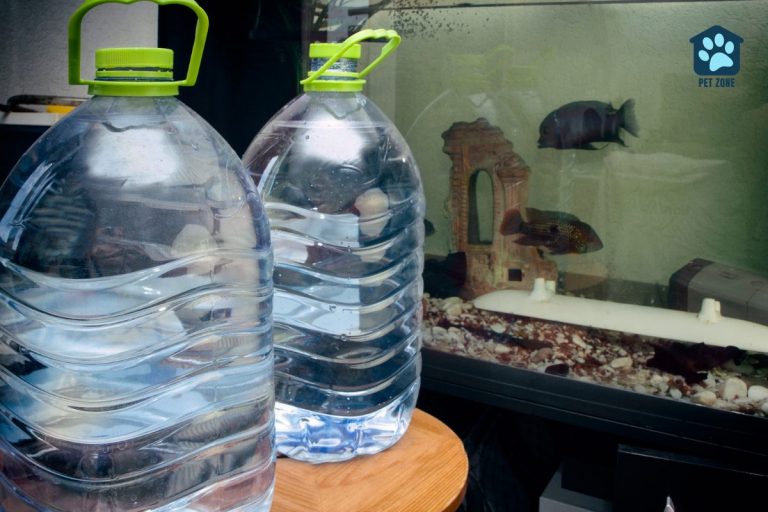
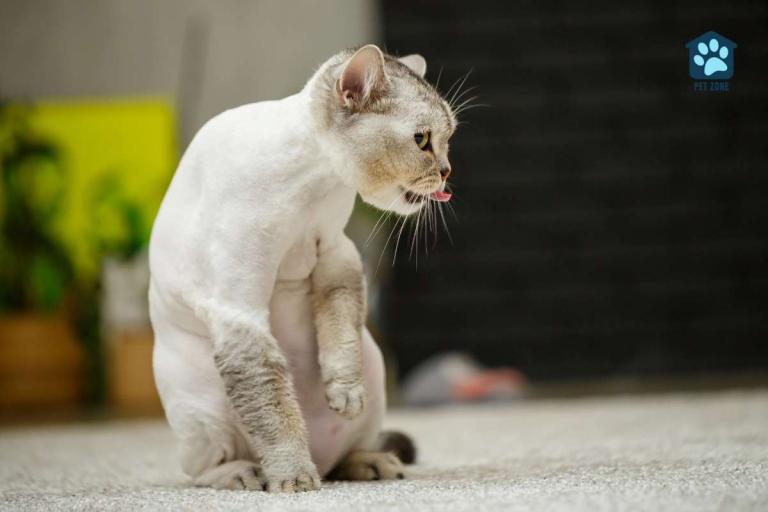

Thanks for this very informative article. I had a cat who was 16 who started drinking excessively, urinating a lot (not in the litter box), and drinking out of the toilet and climbing up on counters and getting into the bathtub to get to the faucets. He had also started losing weight. We took him to the vet and advanced kidney disease was one of the issues they diagnosed. It just seemed like an oddity at first, until he started losing the weight. By the time we took him to the vet, it was too late. So, thanks for buildling awareness around this issue.
🙁
I JUST noticed my old grandpa cat drinking excessively yesterday. Good timing on this article.